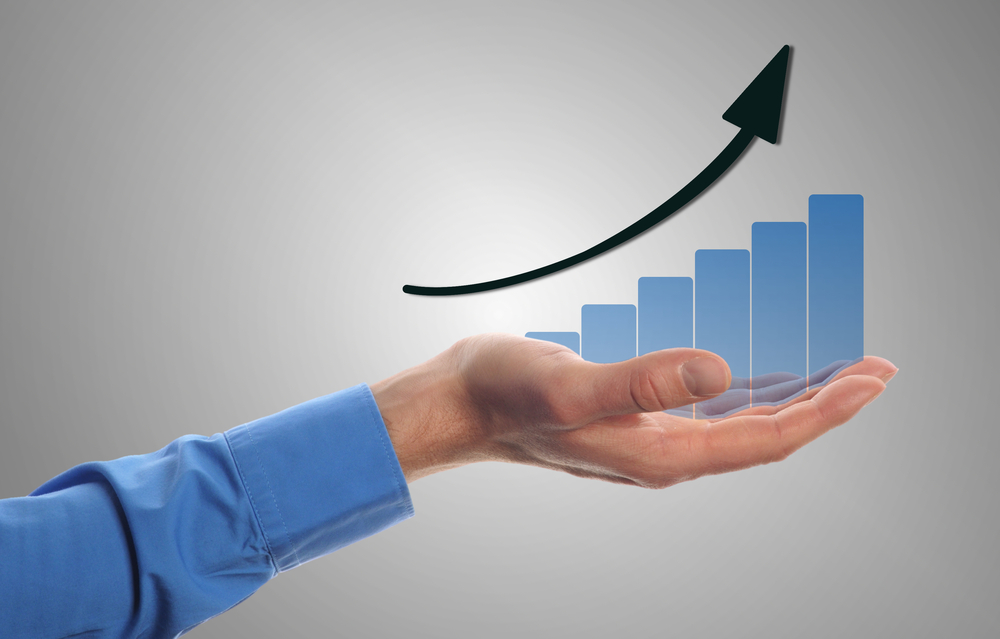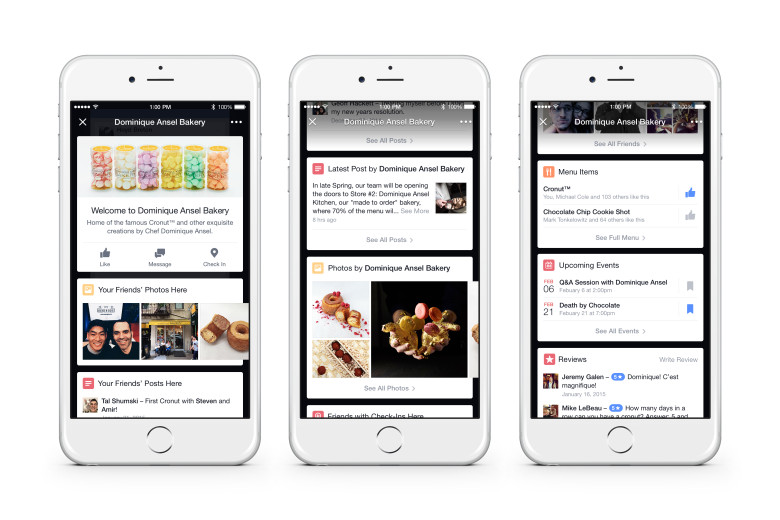Roximity is a leader in the emerging space of “hyperlocal retail”: using its state-of-the-art beacon technology, the company aims to understand consumer behavior and advertising effectiveness at shelf. In the past two weeks, Roximity has released a new generation of beacon hardware with greater range, battery life, and security, in addition to partnering with shopping app giant Ibotta, which will use Roximity tech to send proximity-enabled offers on nearby products. The platform has been featured in the New York Times, USA Today and more, and has secured partnerships with everyone from Ford to the Brooklyn Nets.
How does “hyperlocal” retail work? Will people have to “check in” at every store aisle?
Myriad hardware and software solutions are trying to maximize the relationship between brands on the shelf and the humans that buy them. “Beacon” technology—of which Apple’s’ iBeacon is the best known—uses Bluetooth to track the location and patterns of shoppers within the aisles. This level of tracking means that retailers can learn valuable data about their shoppers, and consumers can receive messages and offers based on where they are in a store.
How does Roximity’s technology work for advertisers?
For Alex Finkel, head of partnerships at Roximity, beacons close the attribution loop. ”Groupon might have an offer to your local restaurant, but your phone won’t know you actually went there. Beacons will be an integral tool for small businesses to have insight into their customers [that] they’ve never had before.” Roximity’s beacons link up with a consumer’s mobile device to send messages, deals, or calls to action at the shelf level. Retailers can understand the effects of their advertising campaign through Roximity’s platform as it tracks user activity within a store.
What advantages does Roximity hold for consumers?
Roximity sees hyperlocal technology as a return to a more intimate relationship between consumers and retailers. In big cities, Finkel says, “all the scale and density make it impossible to know your customers in the ideal version of the local small-town store we picture. That’s the relationship we strive for, but the urban economics make it difficult.” Beacons give retailers more information and more avenues to communicate with shoppers. It’s a futuristic version of the friendly handshake from decades past. For Roximity, beacons are “a step toward the personalization that used to exist.”
With beacons, consumers can make informed decisions at the shelf level. “If it’s contextual and meaningful,” says Finkel, “it’s not an advertisement for free pizza. It becomes a meaningful way to get lunch. That’s what I think of the broad vision and promise for beacons.”


